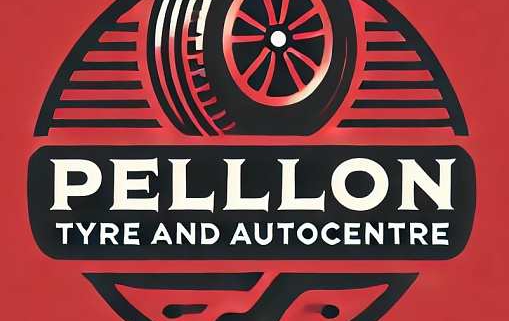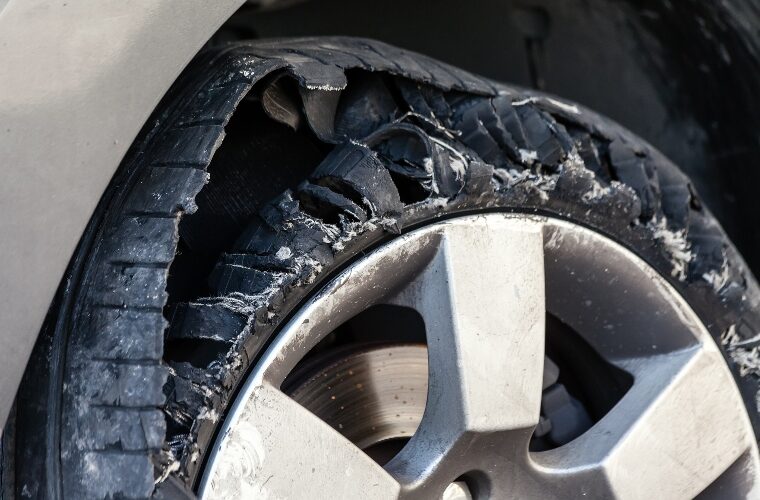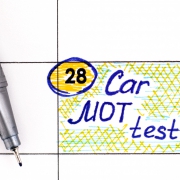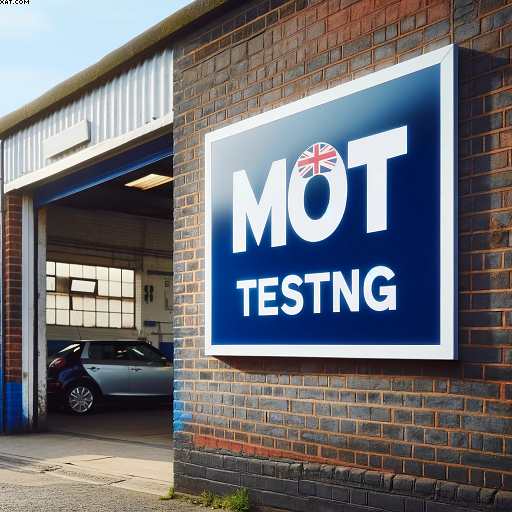4×4 Tyres by General
Table of Contents
4×4 Tyres by General

4×4 Tyres by General
Customers are still not sure which 4×4 Tyres by General to choose
This article is a follow-up to one that I did a few years ago. Owners of 4×4 vehicles who are unsure of which tyres to fit to their vehicles are one of the issues we face at Pellon Tyres.
Off-road tyres are designed for use on rough, uneven terrain, such as trails, muddy roads, and other surfaces that are not paved. They typically have a more aggressive tread pattern and are made from a more durable compound than tyres designed for use on paved roads.
Hilly areas are the best place to spot 4×4 Tyres by General vehicles.
Here in Halifax, United Kingdom, we are in a very hilly area made up of the surrounding Pennine hills. As a result, 4×4 tyres are among our best sellers. Consequently, we do sell many different brands of 4×4 tyres.
The treads on off-road tyres are designed to provide traction on a variety of surfaces, including dirt, mud, gravel, and rocks. They also have sidewalls that are stiffer to give more support and stability when driving on rough terrain. Off-road tyres are commonly used on vehicles such as trucks, SUVs, and ATVs.
Every tyre a manufacturer makes is designed with specific strengths in mind.
How well it works with these strengths depends on how it was built, what materials were used, and what technologies were used during design and testing. 4×4 tyres by definition, introduce even more variables than these into the mixing pot.
We recommend a 50/50 or 40/60 tread ratio between a standard summer tyre and a rugged off-road tyre for our area. To make it a little easier to select the right one, a good place to start is to think about what you intend to use your 4×4 for. Many people used to say the Land Rover was just a status car, while others, such as farmers, needed Land-rovers for more practical uses, so a different tyre application was needed.
If you intend to use your vehicle off-road, you must first determine how difficult the terrain will be and how much time you will spend on it. Farmers would be doing far more off-road work, necessitating a much heavier tread pattern on the tyres.
6 Best 4×4 tyres in United Kingdom (not in order of quality or choice)
- Goodyear Wrangler All-Terrain Adventure: These tyres are designed for off-road performance and feature an aggressive tread pattern and durable construction.
- BF Goodrich Mud-Terrain T/A KM2: These tyres are specifically designed for muddy conditions and feature an aggressive tread pattern and strong sidewalls.
- Bridgestone Dueler A/T REVO 3: These all-terrain tyres are designed for a smooth ride on and off the road and have a long tread life.
- Cooper Discoverer STT Pro: These tyres are designed for off-road performance and feature a durable construction and aggressive tread pattern.
- Yokohama Geolandar A/T G015: These all-terrain tyres are designed for a smooth ride on and off the road and have a long tread life.
- Pirelli Scorpion All Terrain Plus: These tyres are designed for a variety of off-road conditions and feature a durable construction and aggressive tread pattern.
It’s important to note that the best tyre for your 4×4 will depend on your specific needs and driving conditions. It’s always a good idea to do your own research and consider factors such as tread life, off-road performance, and road noise when choosing the right tyres for your vehicle.
Off Road Grading Index for 4×4 Tyres by General
To help our customers, we use a very good visual guide called an “off-road grading index,” or ORGI for short, and then grade all the 4×4 tyres accordingly on our stock list so that we can tell customers exactly which tyre is best for them.
The ORGI guide assigns every 4X4 Off Road tyres we feature an off-road competency rating between 1 & 10. From here, it is possible to disregard certain tyres as unsuitable and narrow the field of selection.
It works of an easy-to-understand scale from 1 to 10 depending on how tough you want your tyre to be, and is an excellent grading system. I hope this will be of help to all my customers who own 4×4 and SUV vehicles and want General 4×4 tyres.






